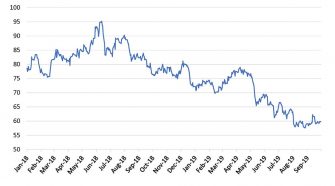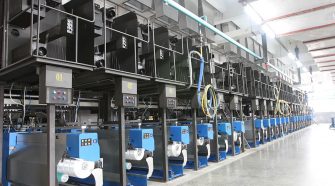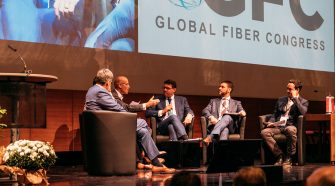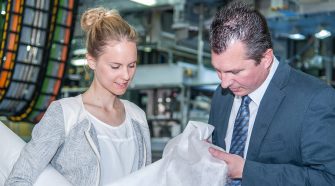Hot Topics

Graphene offers significant promise for fiber applications of the future
Graphene is a wonder that I believe represents the next phase of nanoevolution. It is, in fact, my new favorite material. Graphene is one single atomic layer of carbon. Graphite …

How the US-China trade dispute is affecting cotton markets worldwide
As has been the case in many financial markets, the global cotton supply chain has been distorted by the U.S.-China trade dispute. At the fiber level, the dispute has interfered …

Global development of spun and filament yarns
Filament growth rates have been faster for most of the almost four decades shown in the next chart than the world fiber market movement. Their long-term growth rate amounts to …

Global Fiber Congress embraces sustainability and the entrepreneurial spirit
Under the backdrop of climate change and environmental pollution, the fiber industry has become a major focal point for the textile and nonwoven industries, as well as along the entire …

Worldwide staple fiber-based nonwoven consumption
Staple fiber represents nearly two-thirds (59%) of the resin and staple fiber used in the nonwovens industry. The consumption of staple fibers by drylaid, wetlaid, and airlaid short-fiber nonwovens production …

